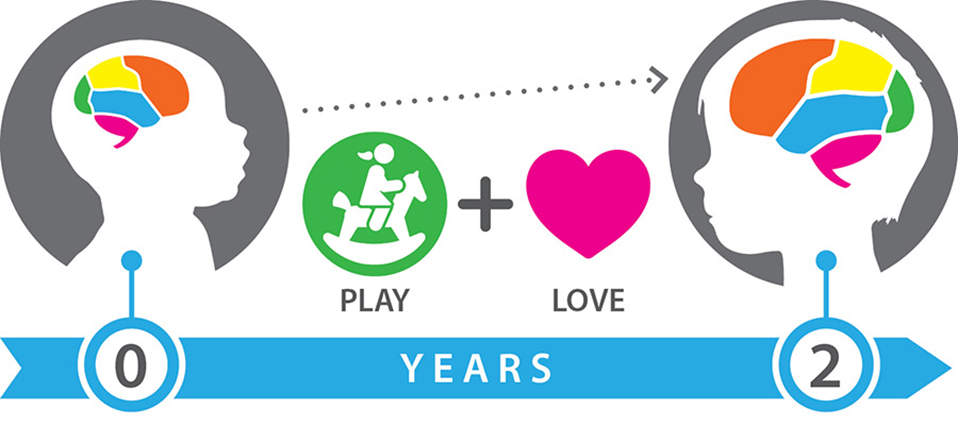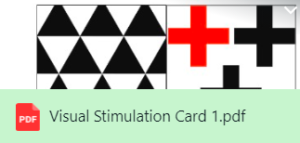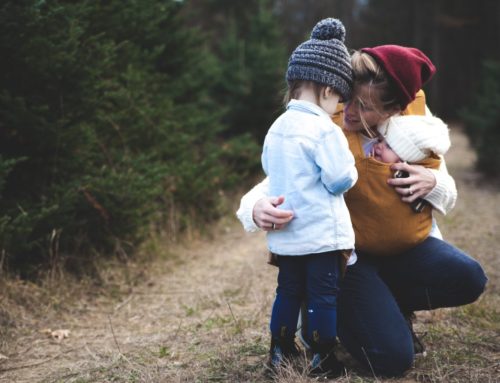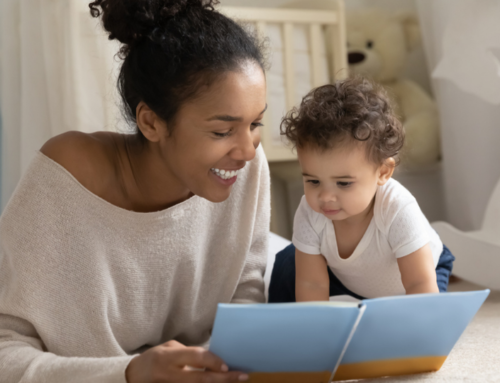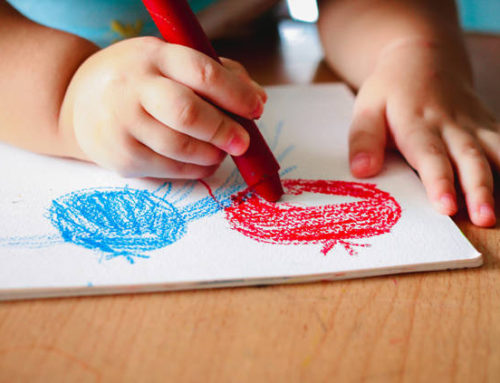The first 1000 days of life truly do matter and here’s why…
Science tells us that the first 1000 days of a child’s life sets the foundation for future years. The Center on the Developing Child at Harvard University’s most recent research shows that more than one million new neural connections form every second AND your baby’s brain grows to 80% of it’s adult size within the first two years of life. It’s no wonder that such great emphasis is placed on early childhood development as a way to pave the path for future generations.
Experiences and relationships shape the architecture of the brain meaning that everything your little one sees, hears or interacts with is building their brain and contributing to how connections are formed. These connections and neural pathways are strengthened by continued and repeated exposure. Thus, whatever your child is experiencing and who they are experiencing it with during the first 1000 days of life truly does matter and is in fact, the most important platform from which they will develop.
One of most effective and proven ways to build your baby’s brain is through serve and return interactions. Serve and return is basically back and forth interactions between child and adult. Serve and return interactions that are responsive and attentive build a strong foundation in the brain for future learning and development. This is why we at Nanny ‘n Me are so passionate about and believe wholeheartedly in one-on-one care for little children under the age of three. Below is a more visual representation of what serve and return is:

“Growth-promoting relationships are based on the child’s continuous give-and-take (“serve and return” interaction) with a human partner who provides what nothing else in the world can offer—experiences that are individualized to the child’s unique personality style; that build on his or her own interests, capabilities, and initiative; that shape the child’s self-awareness; and that stimulate the growth of his or her heart and mind.”
~ Center on the Developing Child at Harvard University
Serve and return is also known to be a form of PLAY. Interactive play is the most fundamental way to build babies brains and stimulate them developmentally. For young children, everything they learn happens through the context of play! Play involves exploration, curiosity, skill-development and emotional regulation. The best and most effective play takes place in a safe environment that provides the best opportunities for learning.
Remember you can practice play (serve and return) at any time during the day, in amidst any activity. Our encouragement to you is to ensure that this is done in a natural, relaxed and fun manner. Daily interactions and simple games such as peek-a-boo, sharing of toys or even laughing together create a sense of emotional security that promotes growth.
Therefore, if we as parents can confirm, without a shadow of a doubt, that the most effective way to grow your baby’s brain is through play, then the big question is how DO I play with my little one? And how do I know what type of play is most appropriate for their age and stage of development?
Nanny ‘n Me has developed a baby and toddler curriculum that answers this question. We (a team of occupational therapists and moms) have designed a variety of play-based activities for you or your child’s caregiver to use to stimulate them in a fun, child-directed way. Using these activities, we train nannies in early childhood development and coach them on how to play with the children in their care in a way that boosts their brain and fills their heart. The relationships your little one forms in the early days of their lives are just as important as the experiences they have. And so, ensuring a loving, nurturing, warm hearted caregiver, who understands the power of play is exactly what we are all about. We want to be part of building little people’s brains through educating and training caregivers in play – because after all, your child’s best toy is not an object but rather the person who cares for them!
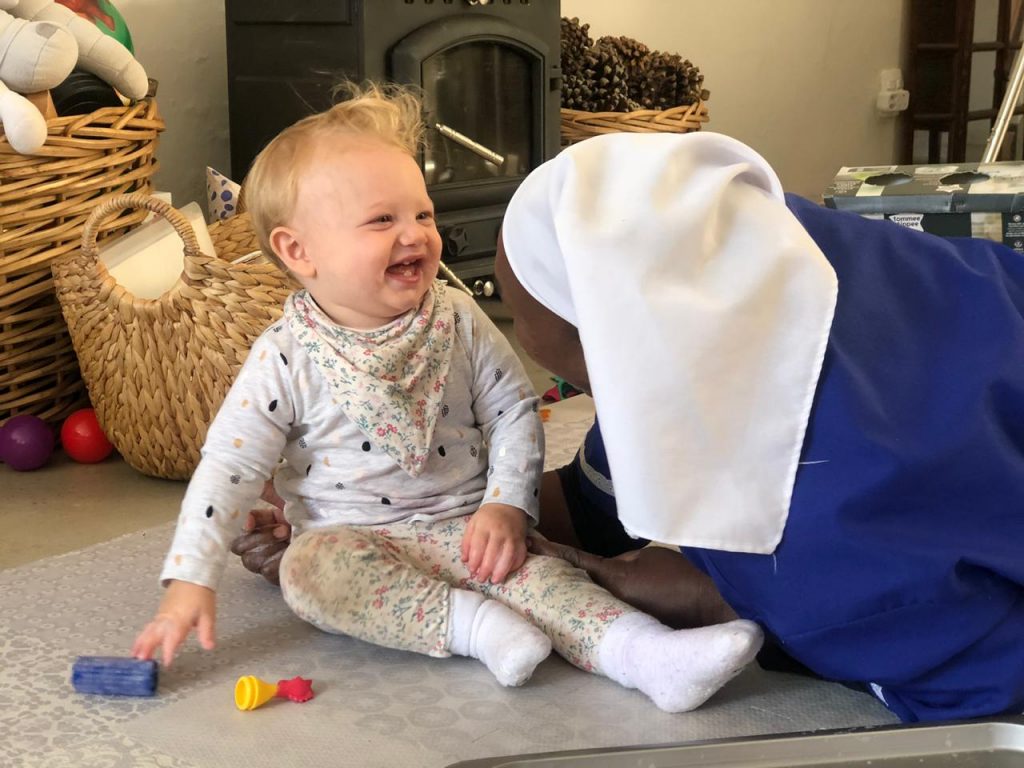
Early visual stimulation activity
Download these cards and print them on cardboard in colour. You can prestick them to the side of your baby’s cot about 30cm from their eyes. For older babies who can grasp them, you can laminate the cards and punch a hole at the top to join them into a ‘book’. They can look at them with you. The bright contrasts enable baby to focus and strengthen their eye muscles.


